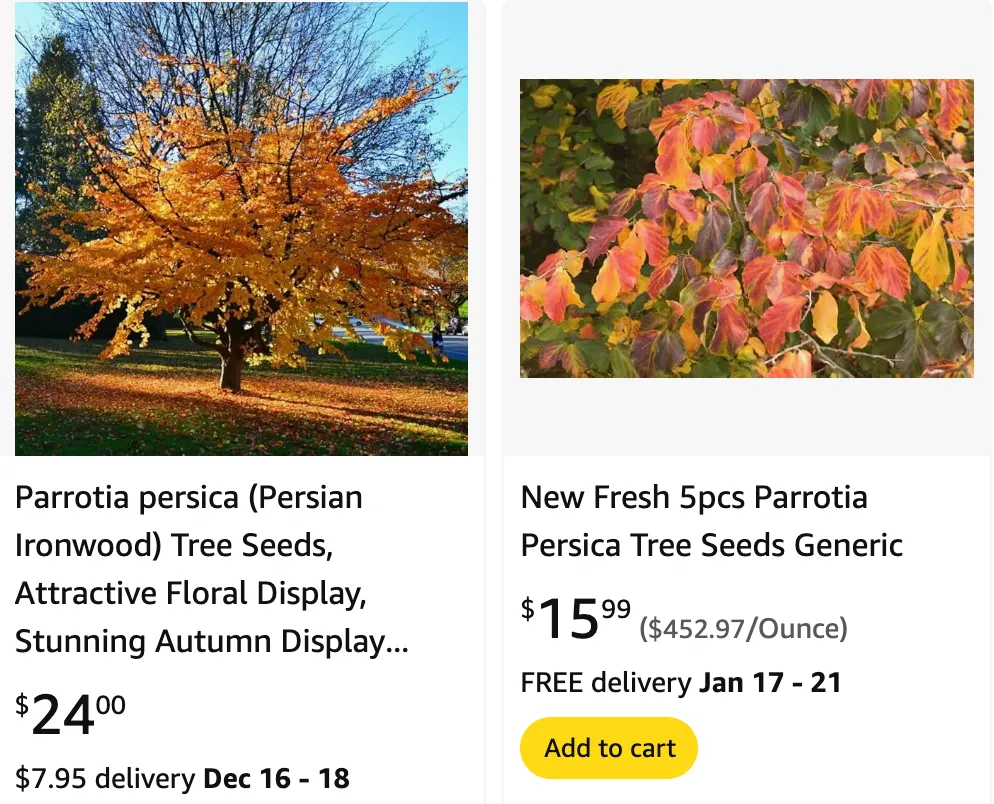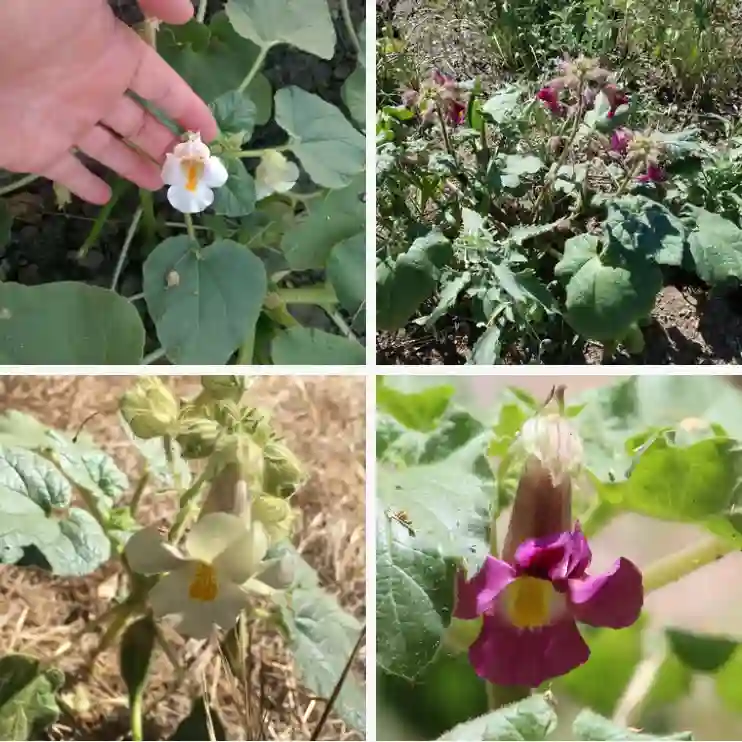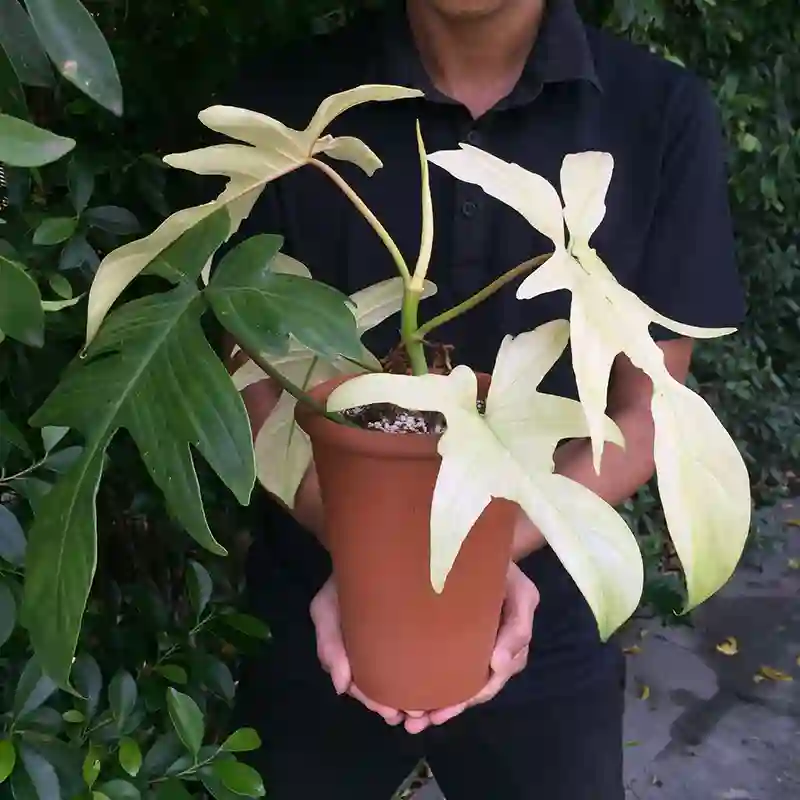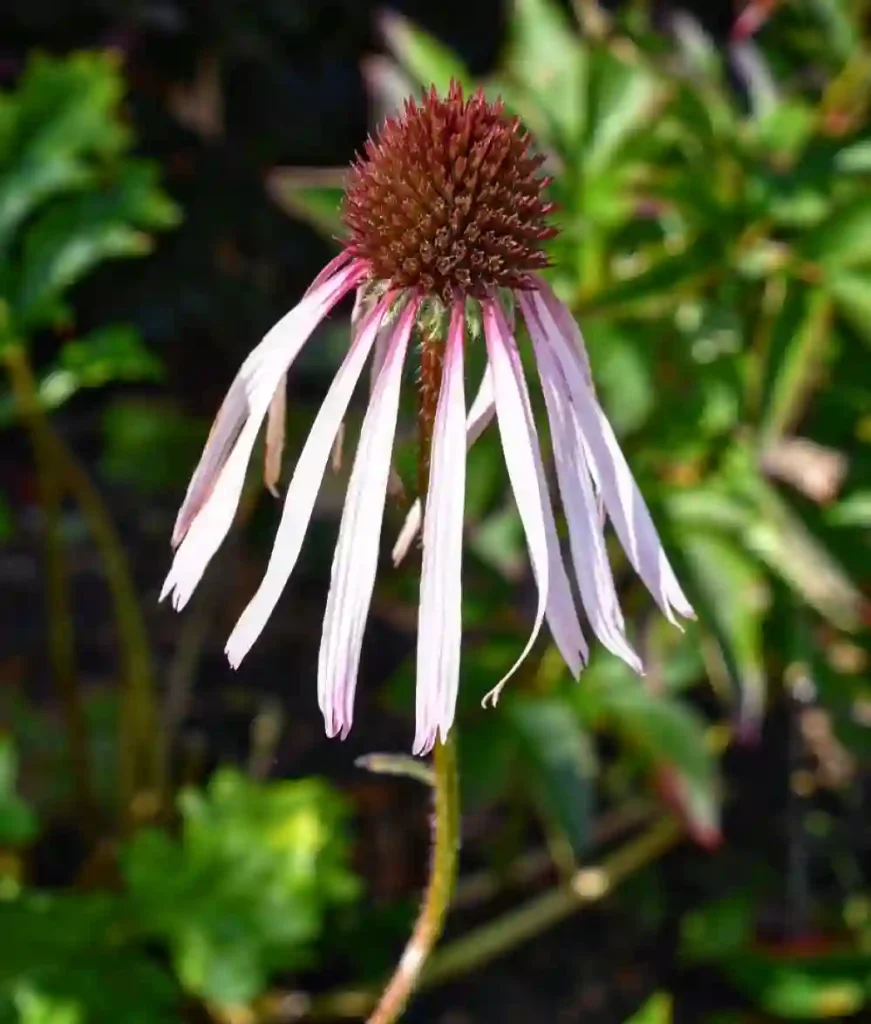
February 29 – Parrotia
"Parrotia, the Persian ironwood, represents February 29."
Parrotia symbolizes strength and resilience. Like this hardy tree, you possess the ability to endure through challenging circumstances and emerge even stronger. Your deep-rooted wisdom and quiet elegance make you stand out, and like the tree’s vibrant autumn colors, you leave a lasting impression of beauty and strength.
Parrotia: A Deep Dive with Ferb Vu
The world of flora is a vast and captivating one, full of surprises and hidden gems. As an avid botany enthusiast, I, Ferb Vu, am always eager to explore the intricate details of the plant kingdom. One genus that has particularly piqued my interest is Parrotia, a small but fascinating group of deciduous trees belonging to the witch-hazel family, Hamamelidaceae.
Parrotia, named after the German naturalist Friedrich Parrot, is a genus with a rich history and unique characteristics. Its claim to fame lies in its stunning autumn foliage, which transforms into a kaleidoscope of crimson, purple, and gold. This vibrant display, coupled with the tree’s distinctive exfoliating bark, makes it a favorite among horticulturists and nature lovers alike.
Species in Parrotia
The genus Parrotia comprises only two recognized species:
- Parrotia persica: Commonly known as Persian ironwood, this species is native to the Caucasus region, specifically Iran and Azerbaijan. It is a small to medium-sized tree, typically growing up to 12 meters tall. Persian ironwood is renowned for its ornamental value, thanks to its striking autumn colors and attractive bark. The bark peels off in irregular patches, revealing a mosaic of different colors, adding to the tree’s visual appeal. Plant FAQs: Parrotia Persica
- Parrotia subaequalis: This species, discovered relatively recently, is native to eastern China. It shares many similarities with its Persian counterpart, including the vibrant autumn foliage and exfoliating bark. However, it tends to be smaller in stature and has slightly different leaf characteristics. Plant FAQs: Parrotia Subaequalis
The Allure of Parrotia
What is it about Parrotia that draws me in? Perhaps it’s the tree’s resilience, thriving in diverse climates and soil conditions. Or maybe it’s the captivating transformation it undergoes in autumn, painting the landscape with warm hues. Whatever the reason, I find myself drawn to its understated elegance and unique beauty.
The bark of Parrotia is a story in itself. As the tree matures, the bark begins to peel away, revealing a patchwork of colors ranging from gray and green to brown and cinnamon. This exfoliating characteristic is not merely aesthetic; it also serves a practical purpose, helping the tree shed any clinging pests or diseases.
But the true spectacle begins in autumn. As the days grow shorter and the temperatures drop, the leaves of Parrotia undergo a dramatic transformation. The once green canopy explodes into a fiery display of reds, oranges, and yellows. This vibrant show is a testament to the tree’s adaptability and its ability to thrive in challenging environments.
Parrotia in Cultivation
Parrotia’s ornamental value has not gone unnoticed. Both species are cultivated in gardens and parks around the world, adding a touch of autumnal splendor to urban landscapes. Their adaptability makes them suitable for a variety of settings, from small gardens to large estates.
Cultivating Parrotia is relatively straightforward. They prefer well-drained soil and can tolerate both full sun and partial shade. Once established, they are relatively low-maintenance trees, requiring minimal pruning and care. Their resilience to pests and diseases makes them an ideal choice for gardeners of all skill levels.
A Symbol of Resilience
For me, Parrotia represents more than just a beautiful tree. It symbolizes resilience, adaptability, and the ability to thrive in the face of adversity. The tree’s ability to withstand harsh conditions and still put on a spectacular display each autumn is a reminder that beauty can be found even in the most challenging circumstances.
As I continue my exploration of the botanical world, I am certain that Parrotia will remain a favorite. Its unique characteristics, coupled with its resilience and adaptability, make it a true gem in the plant kingdom. Whether admired for its vibrant autumn foliage or its distinctive bark, Parrotia is a tree that deserves recognition and appreciation.
If i die, water my plants!



